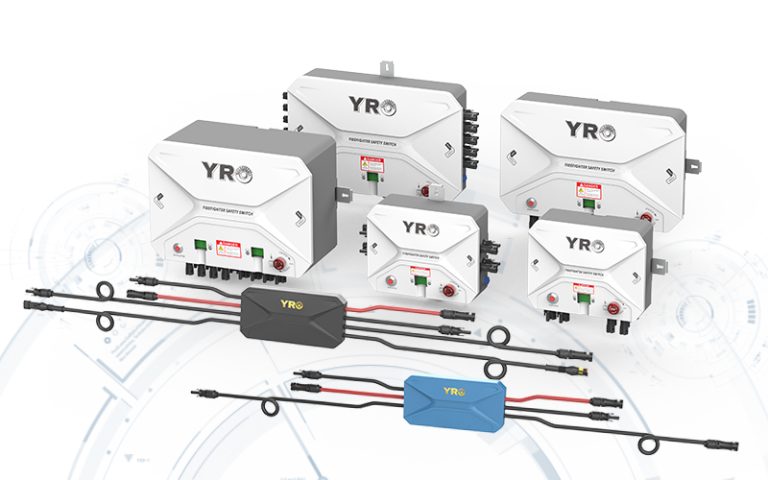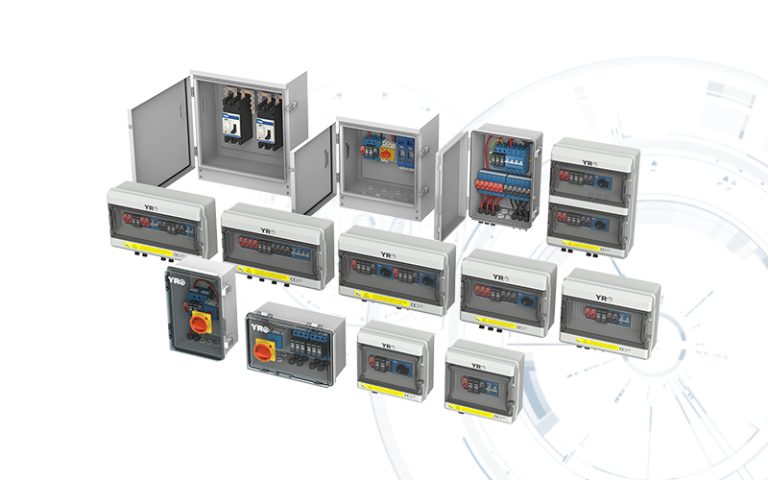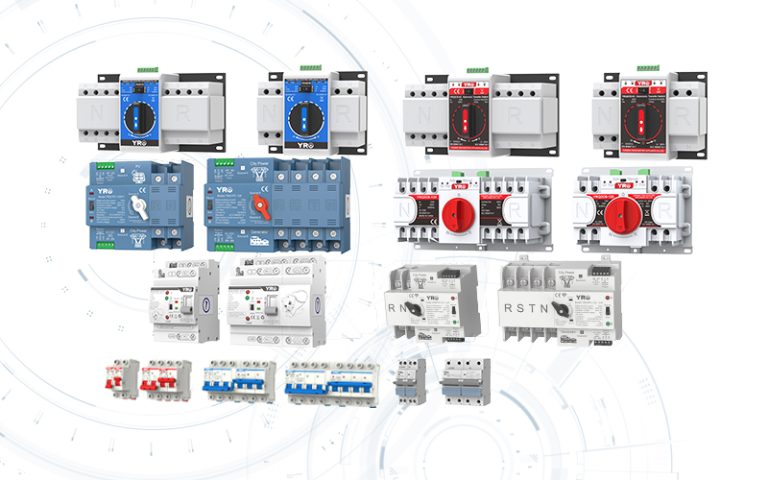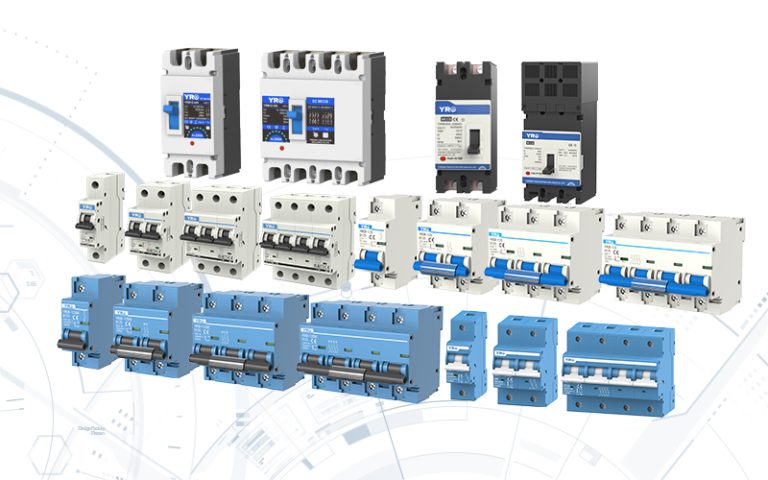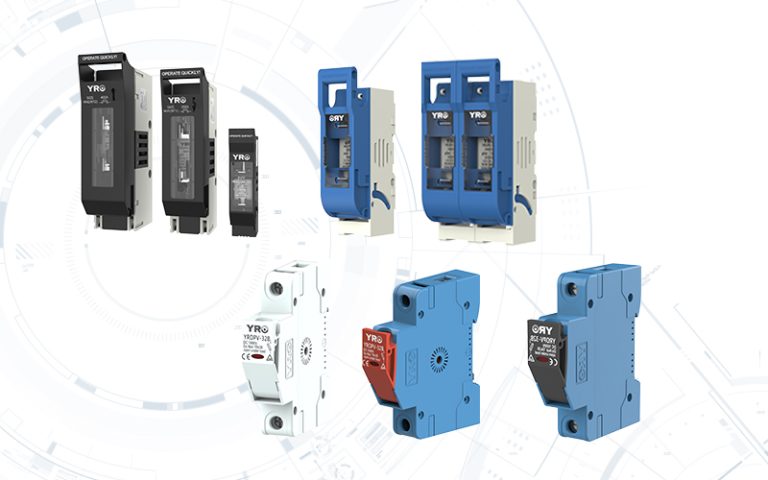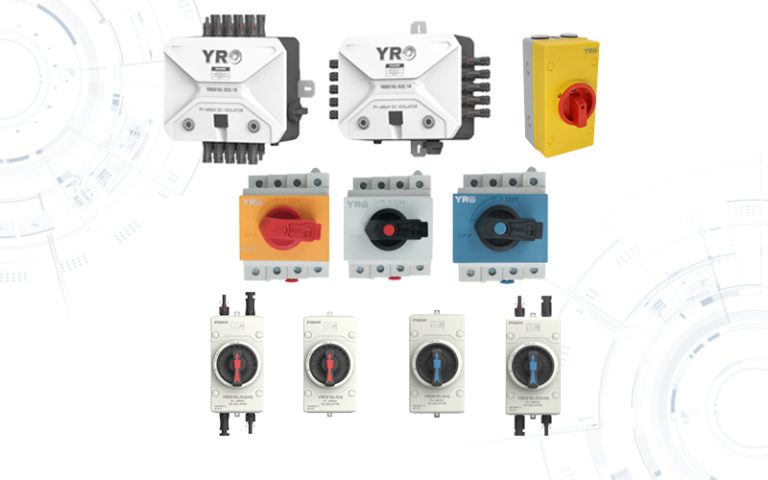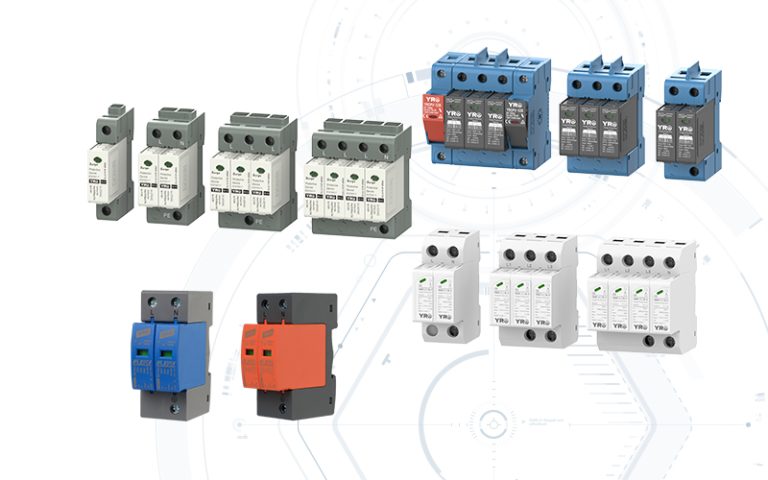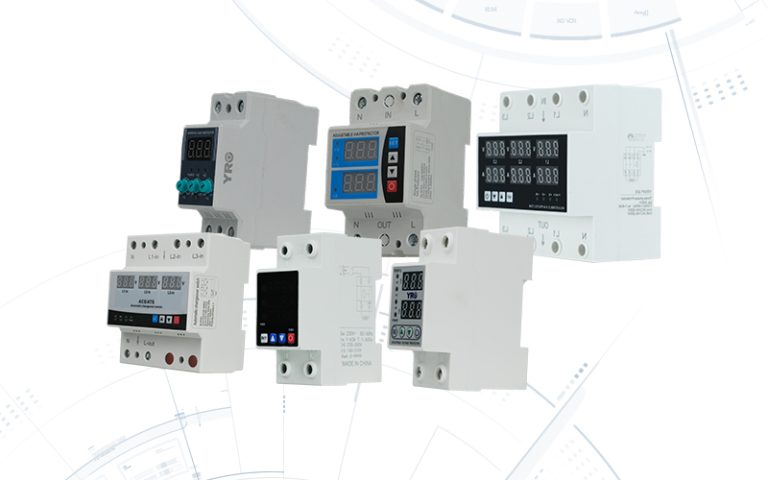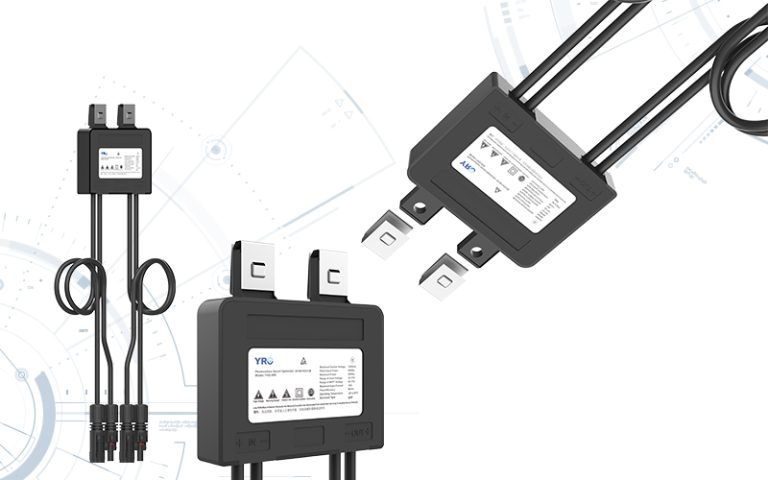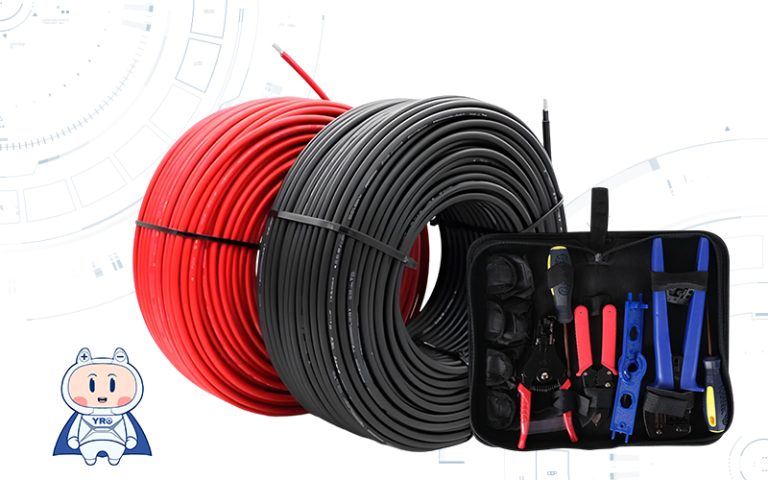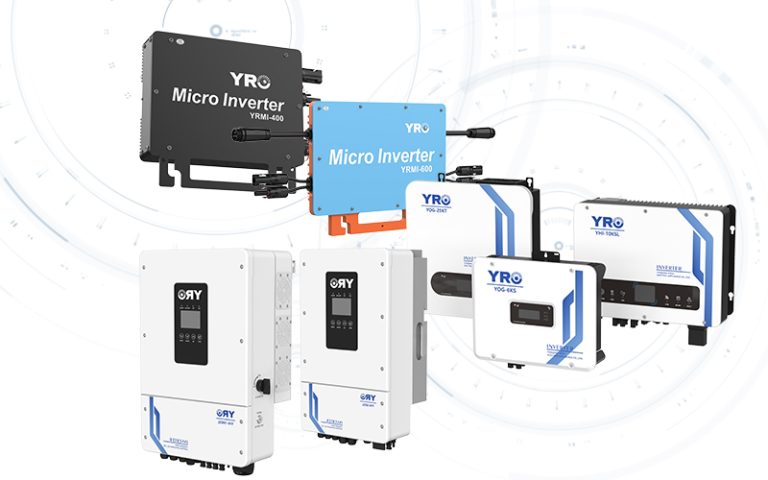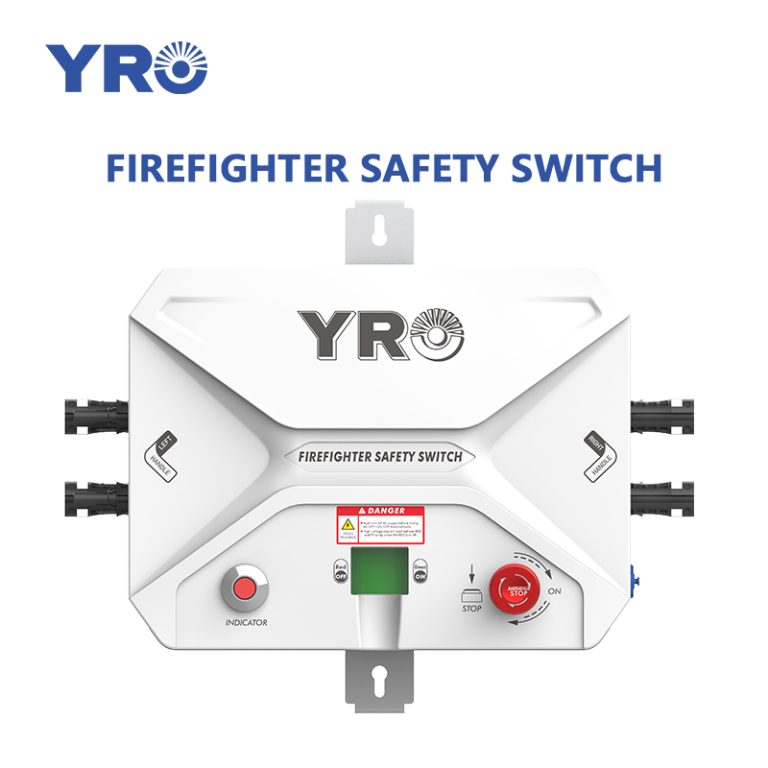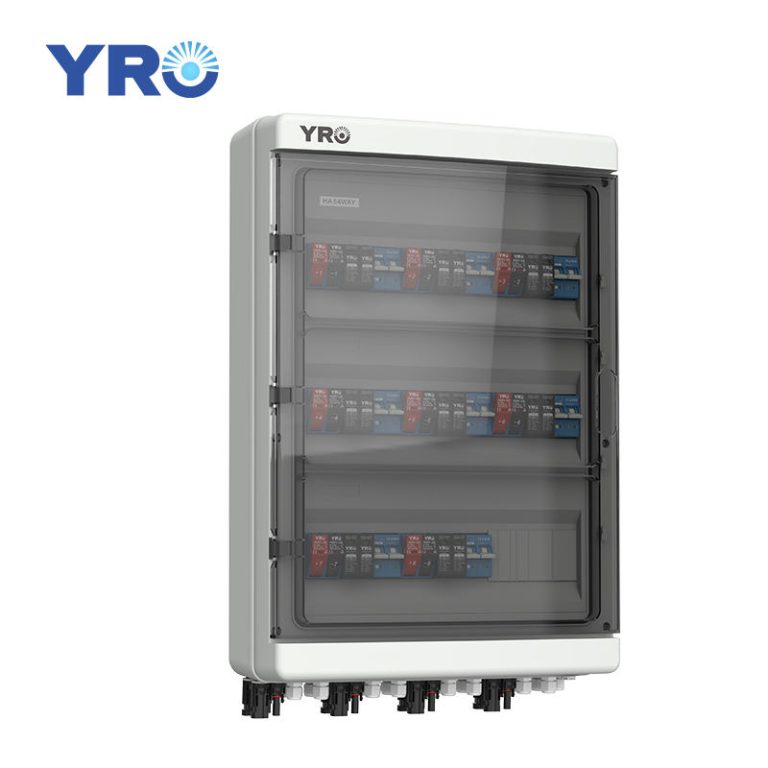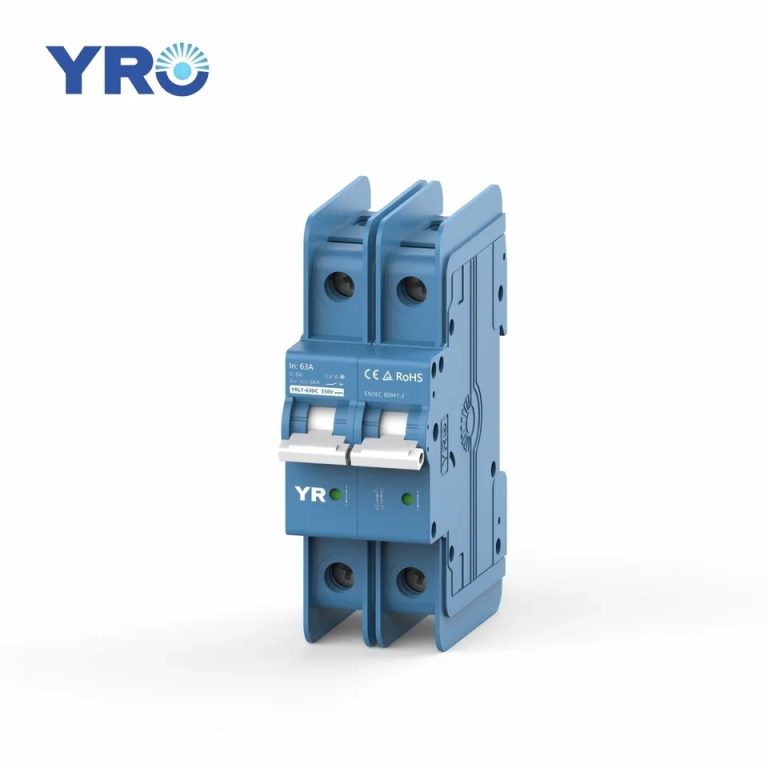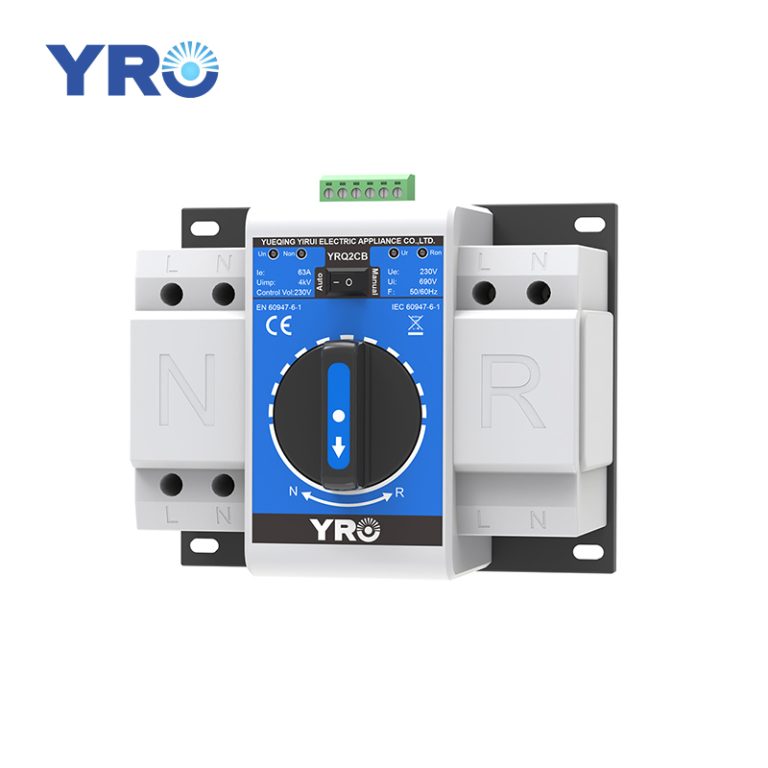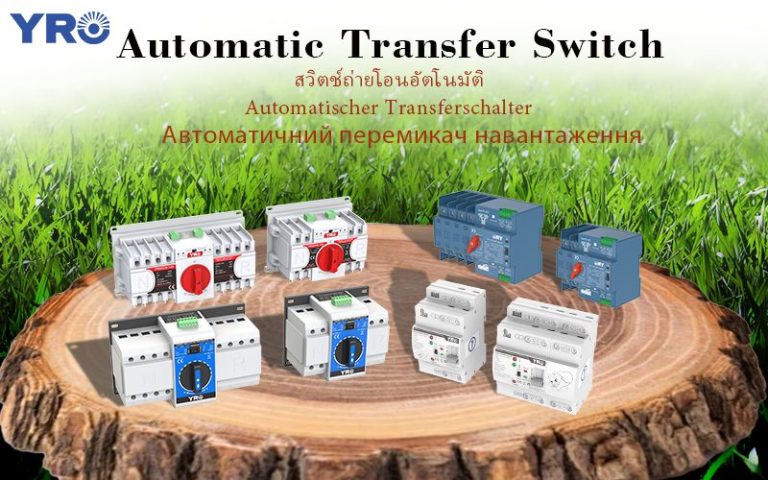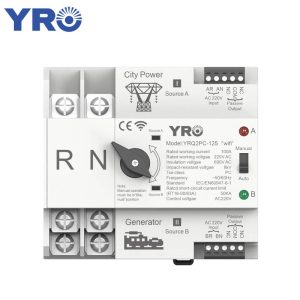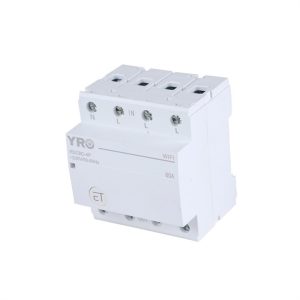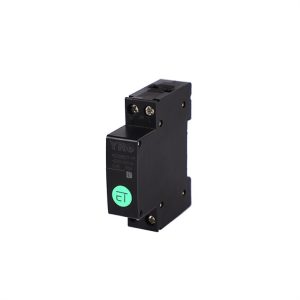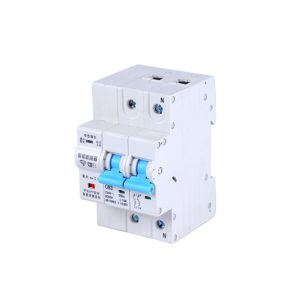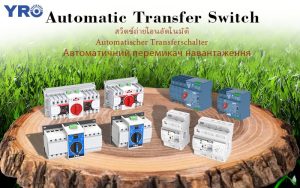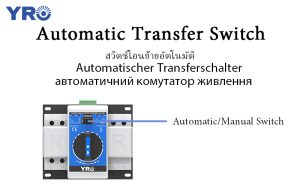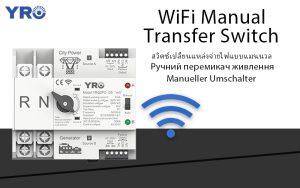A sudden power outage not only disrupts household activities but can also pose serious risks, such as jeopardizing the power supply for medical equipment or causing critical data loss in businesses. Automatic transfer switches (ATS) are widely used, to ensure that essential equipment can quickly switch to a backup power source when the utility power fails. However, some users may wonder: if the automation fails, can the switch be operated manually? Can homeowners install such crucial equipment themselves?
Can You Manually Operate an Automatic Transfer Switch?
The automatic transfer switch has a manual operation function. Currently, the mainstream equipment on the market is designed with a manual switching module. Specific operation methods include rotating the handle, toggle switch or with the help of a special tool to complete, this multi mode control can effectively protect the power supply in different working conditions of the continuous connection.
Manual mode is rarely activated in daily operations. After switching to this state, operators need to monitor the progress of grid restoration and execute the second switching command, which not only increases the intensity of operation, but also weakens the advantage of immediate response. In addition, the current power supply system is promoting the intelligent control mode, through the reduction of manual operation, to improve the degree of automation and operational efficiency of the system.
Can a Homeowner Install a Generator Transfer Switch?
From a technical perspective, if a homeowner has basic electrical knowledge, they may be able to install a transfer switch themselves, by following the user manual and adhering to local electrical codes. However, for more complex electrical connections and voltage detection systems, it is recommended that a professional electrician perform the installation to ensure safety and system stability. Additionally, in many regions, unauthorized electrical modifications may affect home insurance coverage or violate local regulations. Therefore, homeowners should consult relevant authorities or professionals before installation to ensure compliance.
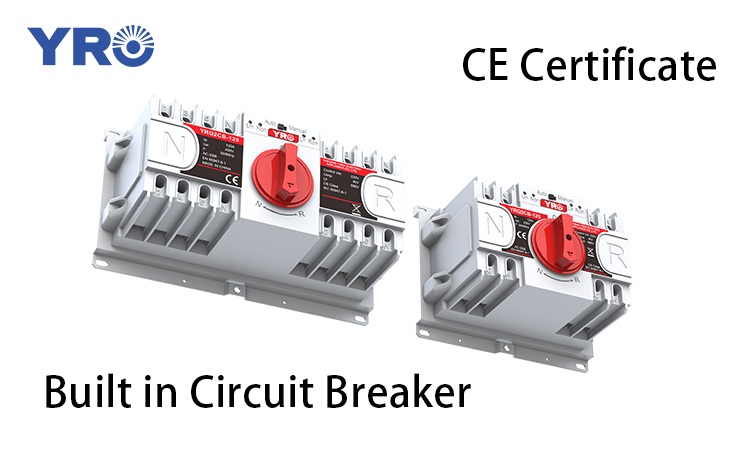
What Is the Life Expectancy of an Automatic Transfer Switch?
The lifespan of an ATS depends on its switching frequency and can be estimated using the following formula:
Expected lifespan (years) = Mechanical or Electrical lifespan (cycles) / Average annual switching cycles
For example, in a factory where the transfer switch operates 50 times per year:
Mechanical lifespan: 8,000 cycles → Expected lifespan = 8,000 / 50 = 160 years (theoretical value, actual lifespan is limited by electrical lifespan).
Electrical lifespan: 1,000 cycles → Actual lifespan = 1,000 / 50 = 20 years (for uninterruptible power switches, electrical lifespan is the limiting factor).
Why prioritize electrical lifespan? Let’s define mechanical and electrical lifespan:
Mechanical lifespan refers to the number of times the ATS’s moving components (e.g., handles) can function properly without carrying an electrical load. Simply put, it’s like pressing a switch repeatedly without power to see how many times it can be used before the mechanical parts wear out. If an ATS has a mechanical lifespan of 8,000 cycles, it means the switch can withstand up to 8,000 manual operations without power.
Electrical lifespan refers to the number of times the switch contacts can open and close while carrying current while maintaining good electrical performance. When current flows, factors like arcing and heat cause contact wear. If an ATS has an electrical lifespan of 1,000 cycles, it means the switch can safely transfer power up to 1,000 times before contact degradation affects performance.
By understanding these definitions and applying the lifespan formula, you can accurately estimate the expected lifespan of a main backup power transfer switch.

